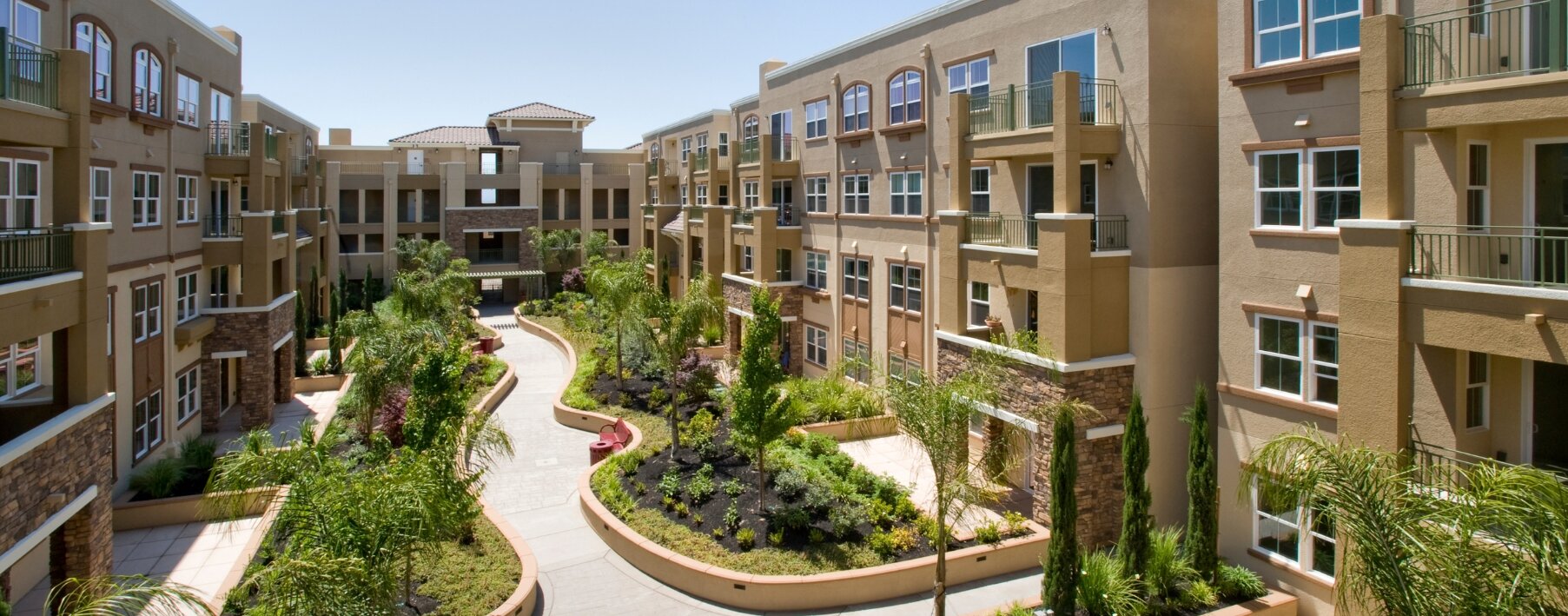HO-3 Insurance Policy: The Complete Guide

Also known as homeowners insurance, HO-3 policies are the most common type of home insurance as they provide robust coverage options. But not all homeowners insurance policies are the same.
Keep reading for an expert breakdown on everything you need to know about HO-3 insurance, so you can make an informed decision on what policy will best safeguard your family and home.
Key takeaways:
- HO-3 insurance policies cover your dwelling, belongings and personal liability.
- You need HO-3 insurance because it provides financial coverage should your home’s structure get damaged from natural disasters or other perils such as theft or fire.
What is an HO-3 homeowners policy?
A homeowners insurance (HO-3) policy is a coverage plan that covers your home’s structure, your personal belongings and liability in the event of damage or injury.
Typically, an HO-3 policy will also cover additional living expenses and protection for other structures on your property. Sometimes noted as a “special form” policy, it is purchased for traditional, standalone homes rather than other types of homes like duplexes or condominiums.
Why do I need HO-3 coverage?
Homeowners need HO-3 insurance because it provides financial coverage should your home’s structure get damaged from natural disasters and other perils such as theft or fire. Throughout your life as a homeowner, many unexpected injuries can occur as well, which is why liability protection is included in your policy.
HO-3 also protects your personal belongings, acting as a cushion for costly replacements or repairs. Because of the multiple tiers of protection, it’s usually required when getting a mortgage loan, as it helps to safeguard your (and your lender’s) monetary investment.
What does an HO-3 policy cover?
To help you determine whether an HO-3 policy is right for you, it’s important to gain a full understanding of what is protected.
As mentioned above, HO-3 insurance policies cover your dwelling, belongings and personal liability. Often, you will also be protected for additional living expenses as well, should you need to stay somewhere else while your home is being repaired.
Depending on your provider, there may be other add-ons bundled within your policy, such as virtual maintenance services or smart home kits. There may even be discounts involved for committing to use greener appliances or installing protective smart home devices throughout your home (we do this too).
For each category of coverage, there are intricacies you need to be aware of before signing any policy. Since each item has a different level of coverage, understanding the differences is key to properly protecting your home for everything from common damages to unthinkable disasters.
Dwelling
Dwelling insurance covers damage to your home’s structure, as well as any additional structures on your property.
Additional structures include things like detached garages, sheds and fences. This category is under an open peril policy, meaning your structures are insured from all events (minus any named exclusions).
Typical insurance exclusions for dwellings include floods, earthquakes, mudslides, sewer backups, ordinance updates and government seizures. If your home is located in a flood plain or earthquake zone, it may be worth purchasing additional protection to cover these perils.
Personal property
Another major part of your HO-3 policy is personal property protection. This coverage helps protect your belongings in the event of damage, theft or loss.
While there are certain caveats to what items are covered and how big your policy limits are, some personal property clauses will cover listed items even if the damage occurs off your property.
It’s standard practice for your insurance company to offer named peril protection for your items, meaning you are only covered for perils explicitly listed in your policy. These will often include artificial electrical current, cracking or other damage to pipes, damage from an aircraft or vehicle, explosion, falling objects, fire, freezing, hail, lightning, riots or civil commotion, smoke, theft, vandalism, volcanic activity, water or steam overflow, weight of snow or ice and wind.
To get coverage for other perils and extended policy limits for expensive items, you may need to purchase add-ons to your policy.
Liability
The last category of protection within your homeowners insurance policy is personal liability. Liability coverage means you will be financially shielded if “bodily injury” or “property damage” occurs on your property.
This includes coverage for their medical expenses, legal fees, lost wages and even death benefits. However, like all categories in your policy, there are exceptions. For personal liability, any injuries inflicted intentionally to yourself or others are not covered.
HO-2 vs. HO-3 vs. HO-5 insurance
While HO-3 insurance is the most common option for homeowners, there are other types of insurance policies available that provide different levels of coverage based on your needs.
- HO-2 insurance policies offer dwelling and personal property insurance, usually under a named peril policy.
- HO-3 insurance policies protect your dwelling, personal property and liability protection with a wider range of covered perils than HO-2 policies.
- HO-5 insurance policies offer the same categories of coverage as HO-3, but with more peril coverage under an open peril policy.
Broad form home insurance (HO-2) only offers dwelling and personal property insurance, usually under a named peril policy. Because of this limited coverage, as well as the omission of liability insurance, broad form policies are not usually recommended or accepted by mortgage lenders.
HO-3 policies are the next step up when it comes to homeowner security. As mentioned above, special form policies (HO-3) offer dwelling, personal property and liability protection with a wider range of covered perils than a broad form.
HO-5 insurance, also known as comprehensive home insurance, is a less common option typically only offered for brand-new homes. This is because HO-5’s host open peril policies for both dwelling and property protection, which are more in-depth than HO-3’s open peril option for dwelling and named peril option for personal property. For more info, take a look at our guide on HO-3 vs HO-5 insurance.
While it may seem intimidating at first, once broken down, HO-3 insurance can become a manageable part of your first home purchase (or even your insurance switching) journey. In need of a policy?
Consider seeking expert advice to help you create a complete home wellness plan that will put you in a better place throughout the life of your mortgage.



